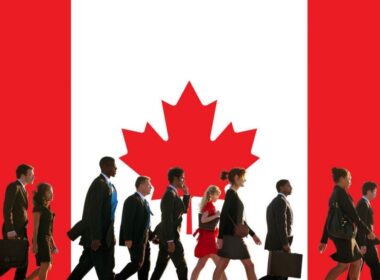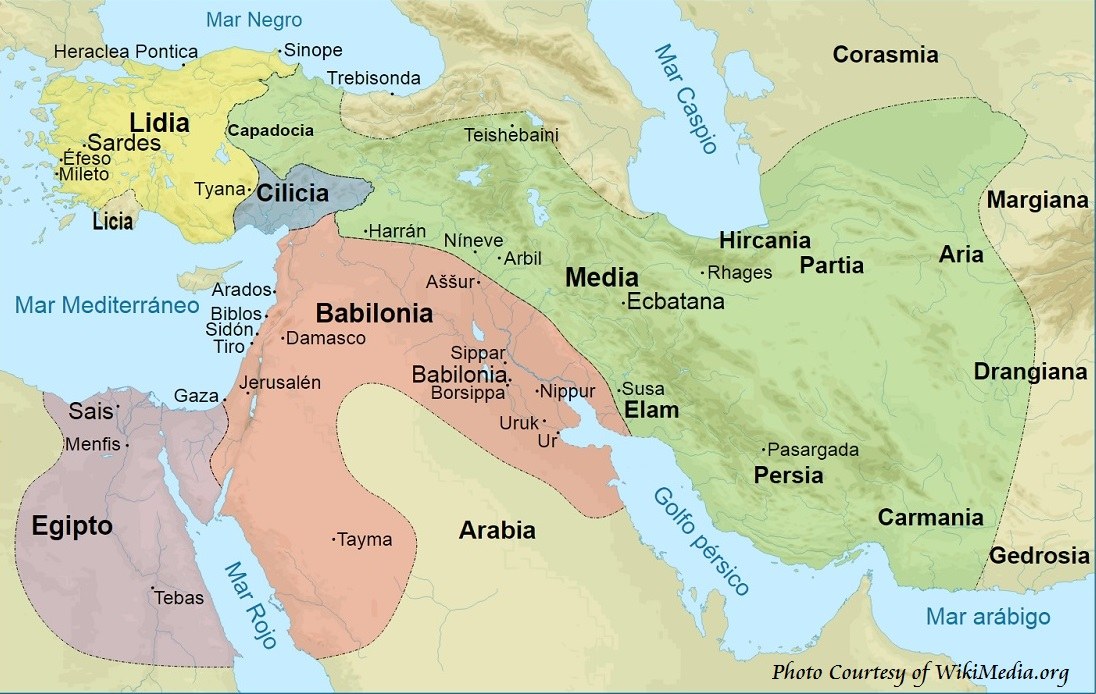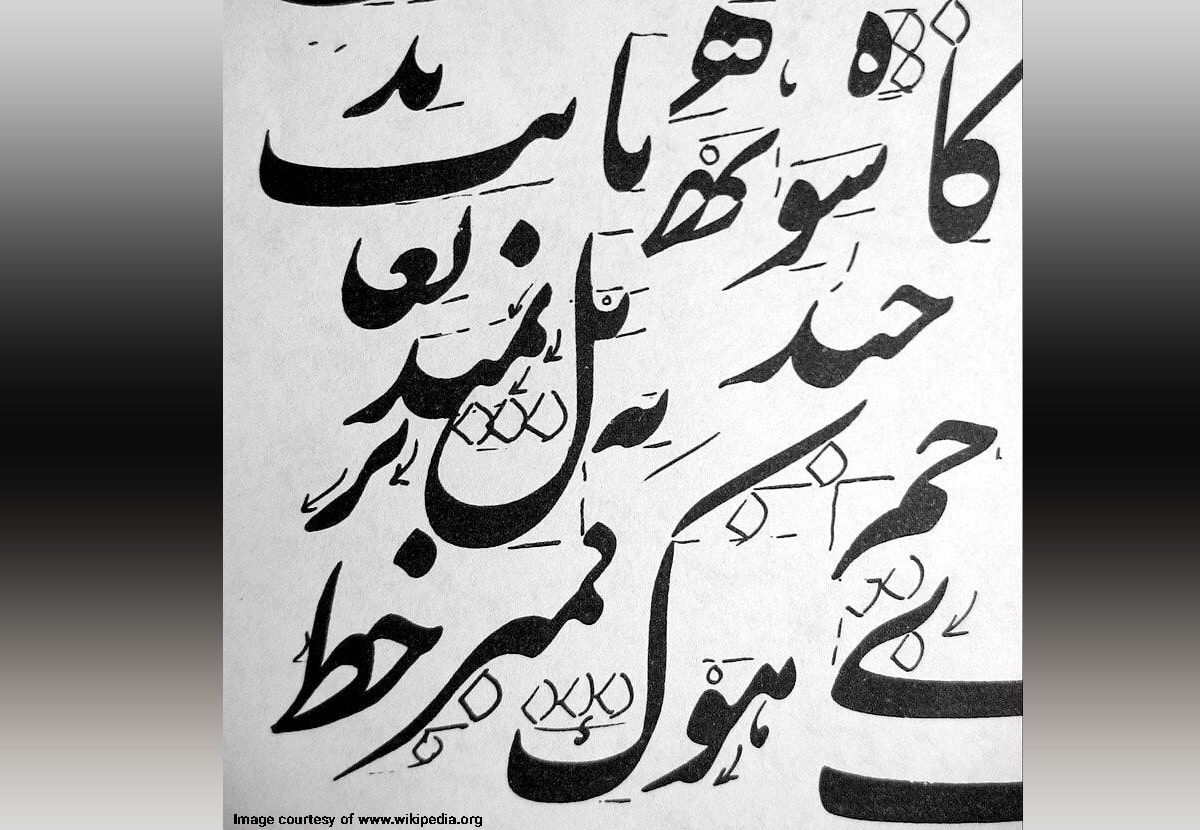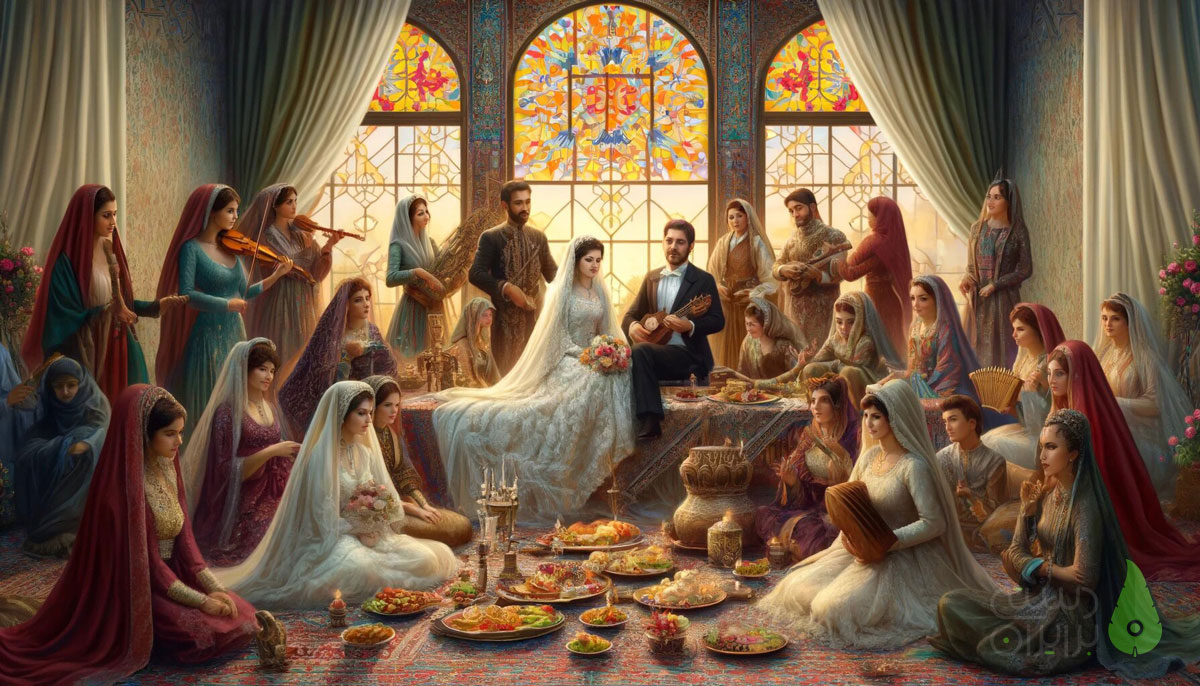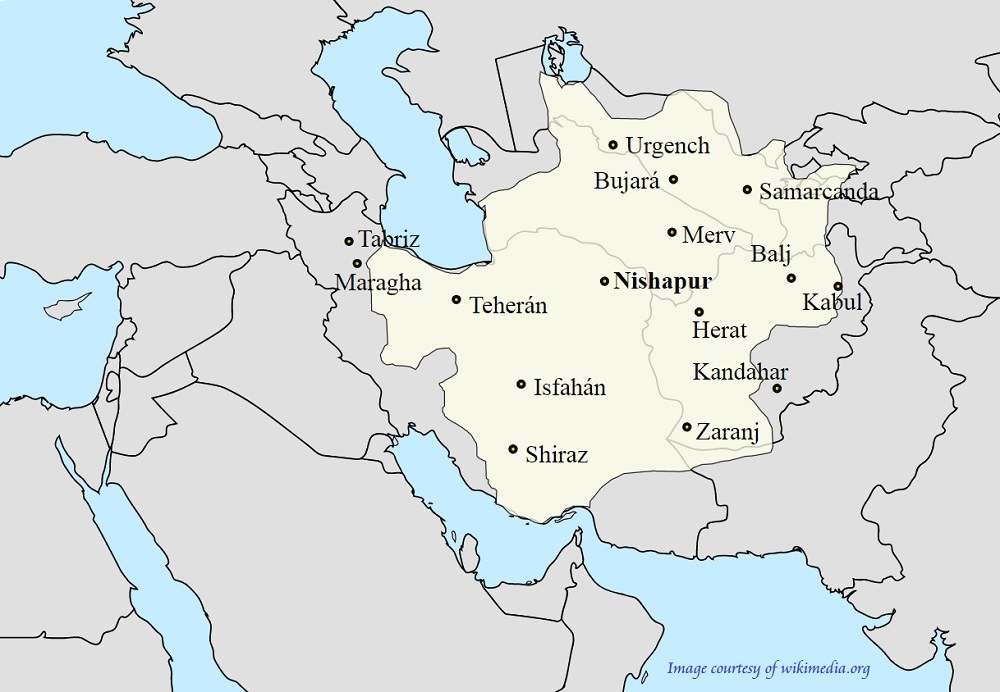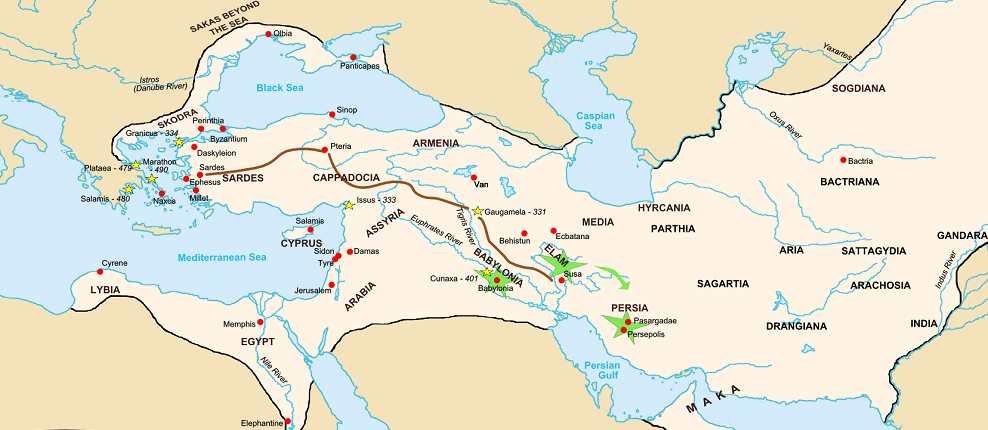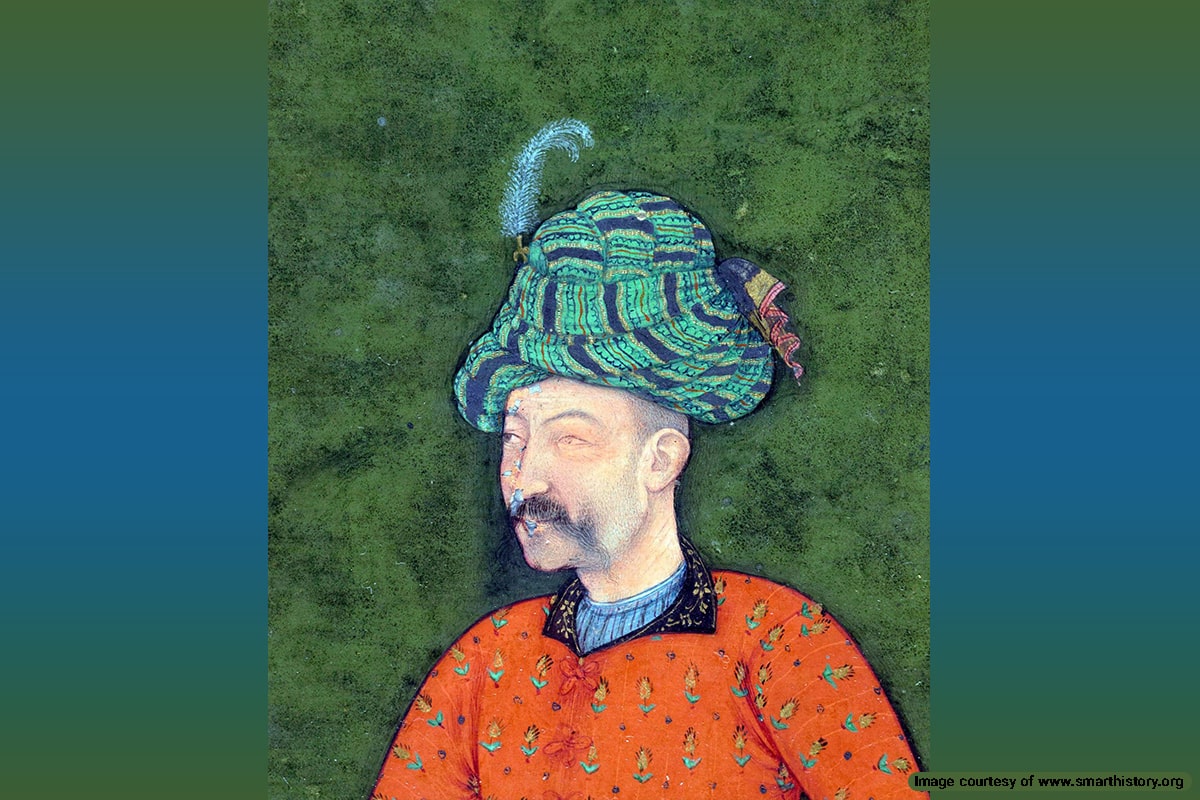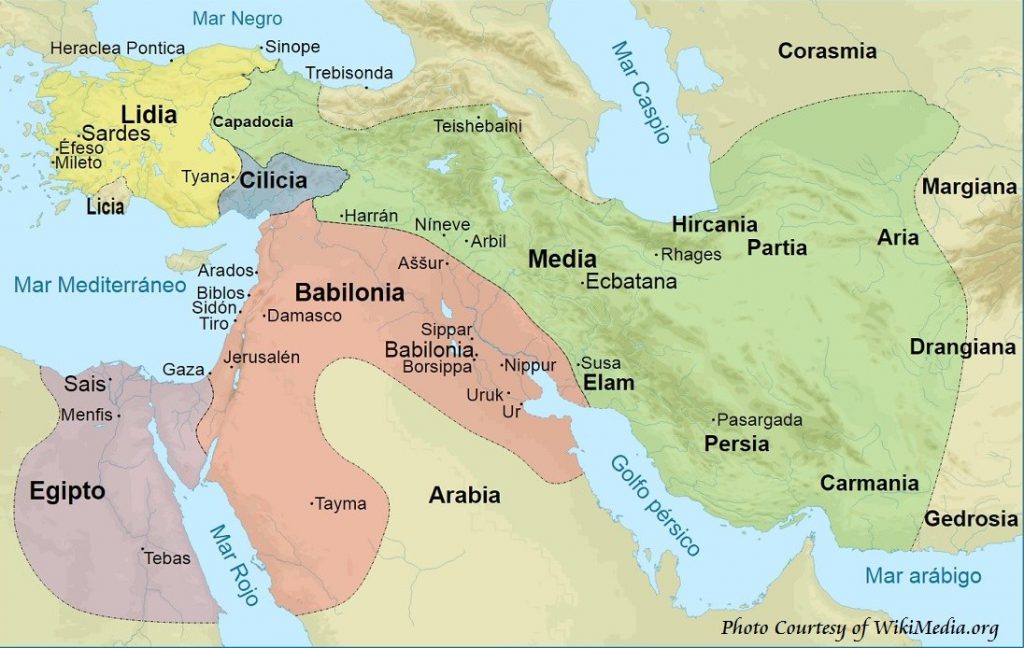
The Medes, one of the most enigmatic civilizations of the ancient world, played a pivotal role in shaping the history of the Near East. Emerging in the first millennium BCE, the formation of the Median kingdom has undoubtedly been a turning point in Iranian history as it laid the groundwork for the rise of the Achaemenid Empire and left an indelible mark on the cultural and political landscape of the region. Yet, despite their significance, the history of Medes remains shrouded in mystery, with many questions about their origins, culture, and legacy still unanswered.
Who Were the Medes?
The Medes were an ancient Iranian ethnic group that established a powerful empire in Northwestern Iran during the first millennium B.C., known for their role in overthrowing the Assyrian Empire and contributing to the rise of the Persian Empire.
.
The Medes primarily inhabited the region corresponding to Northwestern Iran, particularly the mountainous areas around the Zagros Mountains. Their domain extended from the Caspian Sea in the north to the plains of Mesopotamia in the south. Key cities included Ecbatana (modern-day Hamadan), which served as their capital and a political and cultural activity center.
The strategic geography of the Median Empire, with its fertile plains and mountainous terrain, allowed for prosperous agriculture and defense against invasions from neighboring powers, including the Assyrians and Scythians.
The Medes Empire History
Ancient sources record that the Medes history began around the 9th century B.C. They initially lived in a tribal society but gradually consolidated their power through military conquests and alliances.
Founder of the Medes Empire
The founder of the Medes Empire is traditionally regarded as Deioces. He is credited with establishing the first significant Median state and uniting the various tribes of the Medes around the 7th century BCE. His rule marked the beginning of the Medes’ ascendancy in the region that would later form part of the Persian Empire.
The Medes civilization included several ethnic elements, including Lulubians, Gutians, Caspians, Caucasians, and Urartians. Between the late 2nd and early 1st Millennia, Medes and Persians entered this region. They were both part of the Aryan tribes migrating to Asia and North Europe.
In 607 B.C., they gained a significant victory over the Assyrian Empire, establishing a powerful kingdom in Northwestern Iran. Under Deioces, the legendary founder of the Median monarchy, the Medes began to transition from a collection of tribes to a formal state.
When these two tribes were solid powers in the regions, the Assyrians bought horses from them. When they lost some of their power, the Assyrians attacked them and plundered their cattle. In addition to the Assyrians, the Urartians in the north and the Elamites in the south were always considered imminent threats as neighbors.
During the 7th century B.C., the Medes solidified their power and expanded their territory, including conquests of neighboring regions such as Elam. Their rivalry with the Assyrians defined much of their early history, culminating in the destruction of Nineveh in 612 B.C.
After a series of conflicts, the empire eventually fell to the Persians under Cyrus the Great around 550 B.C., marking the end of the Median Empire and the rise of the Achaemenid Empire.
Medes Religion and Superstition
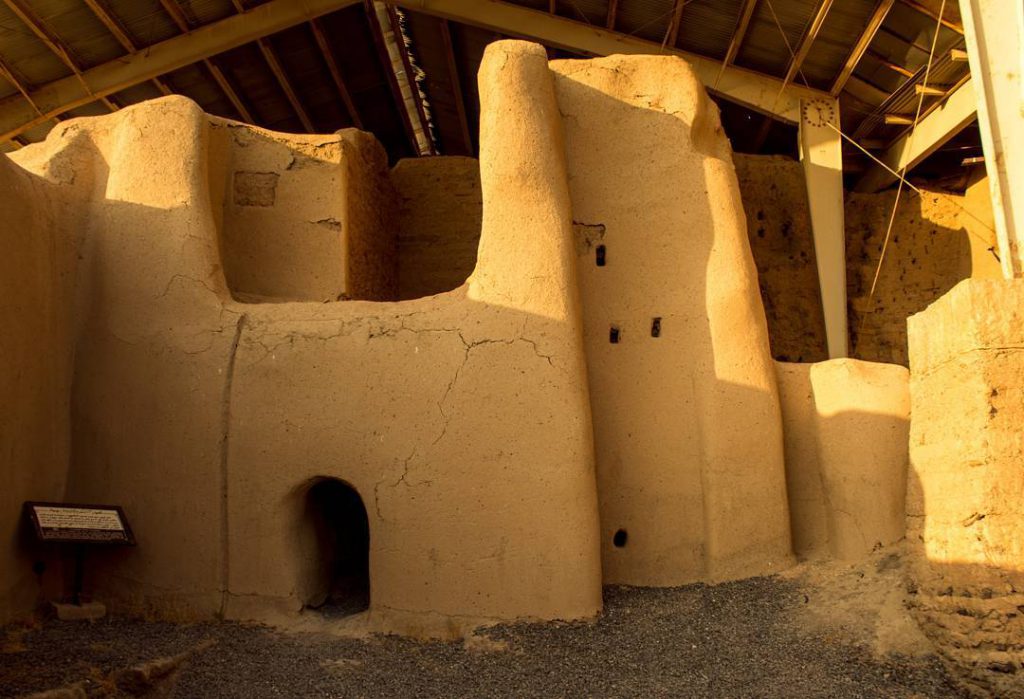
The main religion of the Medes was centered around the worship of Ahura Mazda, meaning the great God. They believed God couldn’t be seen. So, they had made no images or idols of their God. Archaeologists thought they had no temples and gathered on hilltops and in the open air to worship him.
New excavations recently discovered a temple with fire altars belonging to the Medes in the Nushijan Tappeh historical mound. This discovery makes religiosity more apparent in Medes history.
The Magi were a separate tribe of a caste with the right or privilege to serve as priests. The religion they promoted and people believed in could be some version of pre-Zoroastrianism or Zoroastrianism itself. This is a controversial topic over which scholars have yet to agree.
Medes Culture
The Medes culture was rich and diverse, influenced by their interactions with neighboring civilizations, including the Assyrians, Elamites, and, later, the Persians. They were known for their advancements in architecture, exemplified by the construction of Ecbatana, which featured palaces and impressive fortifications.
Medes Language and Arts
The Median language is thought to have belonged to the Iranian branch of the Indo-European languages. While evidence of written records is sparse, it likely served as the medium for oral traditions, poetry, and storytelling.
Very few records of the Median language survive, primarily manifested in place names and personal names from inscriptions. However, the Medes arts flourished during their empire, showcasing a blend of influences from neighboring cultures, such as the Assyrians and Persians.
Intricate metalwork, textiles, and ceramics often characterize median art. They are known for their skill in crafting beautiful jewelry and weapons, usually adorned with elaborate engravings and inlays. The Medes also excelled in weaving, producing fine woolen textiles that were highly valued.
Median Empire Social Structure
The Median society was hierarchical, with a ruling class comprising nobles and military leaders. The Magi held significant influence due to their religious roles. Agriculture and animal husbandry were the backbone of the economy, supplemented by crafts and trade with neighboring cultures.
Medes Customs and Traditions
The Medes celebrated various festivals, with communal gatherings centered around agricultural cycles and religious observances. Their customs reflected a blend of traditions from the tribes they interacted with, which fostered unity among diverse ethnic groups under their rule.
Rise of the Medes Empire
In 607 B.C., after defeating the Assyrian government, the Medes, with Persian support, established a powerful ruling entity in Northwestern Iran. Deioces is credited with founding the Median government and was tasked with establishing justice and security for the Medes.
Ecbatana, meaning “the place of reunion,” symbolizes the peaceful coexistence with different ethnic groups and the formation of a solid government. Under Phraortes, the Medes unified these groups in the new capital city, Ecbatana.
The history of Medes also includes the threat posed by the Scythians, mercenaries who fought against various nations for 28 years. They aided the Assyrians in their conflicts with the Medes. However, Cyaxares, the son of Phraortes, ultimately ended the Assyrian government in Nineveh after a five-year war in 607 B.C. The Babylonians, who had helped the Medes against the Assyrians, became new allies.
The Medes Empire Expansion
The Medes Empire later incorporated Urartian territories, encompassing the regions of Elam, Parse, Parthia (Khorasan), and even parts of Minor Asia (present-day Turkey). Astyages, son of Cyaxares, ruled for 35 years, indulging in a luxurious lifestyle that ultimately led to his unpopularity.
Toward the end of his reign, Astyages faced conflict with the Babylonian king, Nabonidus, and uprisings by the Persians led by Cyrus, prompting him to return to battle.
Astyages against Cyrus: Medes vs Persians
The struggle against Cyrus lasted about three years, culminating in the Persian army’s victory over the Median forces. After defeating Astyages, Cyrus chooses not to seek revenge but instead honors him by confining him to a luxurious mansion for the rest of his life. This marked the end of the Medes history and the merger between the Medes and the Persian Empire.
Cyrus conquered Ecbatana, signaling the end of Median domination across the Iranian Plateau. The Achaemenid era began, establishing a central government in Iran that united all ethnic groups in the region (449 B.C.).
Ultimately, Cyrus II, later known as Cyrus the Great unified all ethnic groups of the region and founded a central government based in Pasargadae, central Iran. Iranians regard him as the father of their nation for his inclusive governance.
In conclusion, while the history of Medes presented challenges for those in the Iranian Plateau, it paved the way for the more organized ruling systems of the Persian Empire.
Frequently Asked Questions About Medes Empire
Please comment if you have questions about the Medes civilization, Medes History, or related topics. We will respond as soon as possible.
Who are the Medes today?
The Medes no longer exist as a distinct ethnic group, but their legacy persists in the modern Iranian population. Their culture and traditions have been integrated into the broader Iranian identity.
What was the capital of the Median Empire?
The Median Empire’s capital was Ecbatana, a major cultural and political center during the Median period. Strategically located in the mountainous region of present-day Iran, Ecbatana is known today as Hamadan.
Where did the Medes come from?
The Medes originated from the Indo-Iranian tribes that migrated to the Iranian Plateau around the late 2nd millennium B.C. They are believed to be part of the broader Aryan migrations, which spread various groups from Central Asia to parts of modern-day Iran and India.
Where is Media today?
The ancient region of Media corresponds primarily to northwestern Iran, particularly around the Zagros Mountains and the area surrounding the modern city of Hamadan, the capital of the Median Empire known as Ecbatana. Parts of ancient Media also extended into areas of Iraq and Turkey.
Where are the Medes mentioned in the Bible?
The Medes are mentioned several times in the Bible, primarily in the Old Testament. They are often referred to in conflicts with other nations, especially the Assyrians and Babylonians. The references include Jeremiah 51:11, Isaiah 13:17, and Daniel 5:28.



